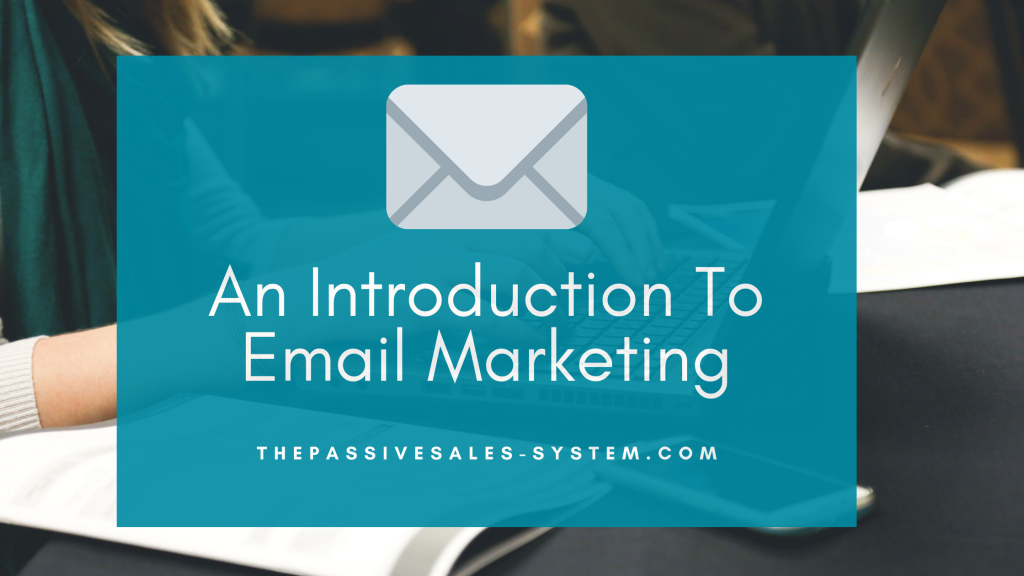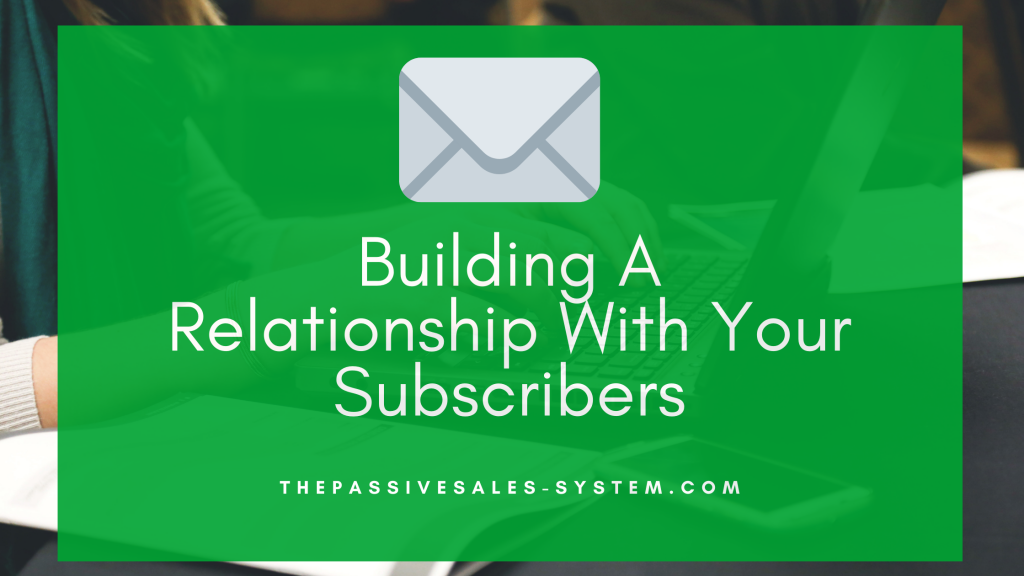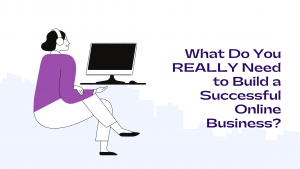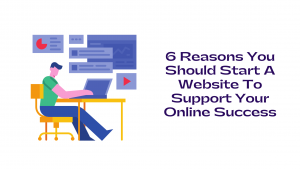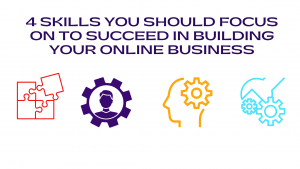
Email marketing is by far one of the most important aspect of your business. While there are many other tactics such as PPC and content marketing, the massive importance of using email marketing as part of your campaign just can not be stressed enough!
A successful email marketing campaign is dependent on many factors. One of those is your opt-in page (also known as a landing page or ‘squeeze page’.) This is the page that you use in order to encourage first-time visitors to your site to sign up for your mailing list so that they can receive your emails.
This is the gatekeeper to your email marketing campaign and it is fundamentally important if you have any interest whatsoever in this form of marketing. After all, the best email marketing campaign in the world isn’t of much use if you can’t get anyone to read it!
So, the question is: how do you make sure that your landing page gets the attention it deserves and how do you ensure that the people who land there, convert?
How to connect to your audience
Your content should always ultimately be leading a potential customer to either a ‘squeeze pages’ or ‘sales pages’. A squeeze page presents your visitor with the opportunity to sign up (or opt-in) to your mailing list, while a sales page is a page that presents an opportunity for your visitor to buy from you.
While the desired action from both pages is different, the way you speak to your audience is very similar. In essence, you are trying to sell your visitor on either providing their email address or making a purchase from you.
So with the opt-in page, your objective here is to demonstrate that it is worth signing up to your mailing list – that it is going to provide significant value to the readers – while at the same time convincing your readers that the cost is worth it. In this case, the cost is that your readers have sacrificed some of their privacy and have given you permission to contact them right in their inboxes.
So, you need to inflate the apparent value and diminish the apparent cost.
Diminishing the Cost
Your job then is to demonstrate to readers that they don’t need to worry when they sign up to your mailing list. You can do this by mitigating and removing the risk – by alleviating the concerns that they might have.
For example, your visitors will likely be worried that if they subscribe to you, they will potentially get inundated with messages and spam. They might even be worried that you are going to pass their details on to other brands and companies.
So, you need to reassure your audience that this isn’t going to happen. Promise your readers that you will never share their details and that they can very easily unsubscribe at any point.
Likewise, let them know precisely the frequency and nature of your content. There are few things that are more daunting than the unknown so make it absolutely clear what your mailing list involves and what they can expect if they sign up.
Another ‘cost’ is the amount of effort involved in actually signing up. This is something you don’t want to diminish too much because you might open the floodgates for low quality subscribers (people who aren’t really interested). Still, try and make your opt-in form big, obvious and readily apparent.
Increasing Value
The next thing to do is to consider the value proposition of your mailing list. Value proposition means the way in which you are providing value for your visitors – which is going to be more than the sum of its parts. More than what you are physically providing. Your value is not defined by the number of words you write, rather it is defined by what those words can do for people and how they will change their lives.
For example, if you have a mailing list about fitness then the ‘value proposition’ comes from people getting into great shape and – even more than that – building amazing abs, glistening muscles, incredible confidence and oodles of sex appeal.
The value proposition should be the emotional hook – the thing that motivated the audience to come to you in the first place, even if they don’t know it.
Get them to imagine what your mailing list can do for them and get them to really think about all the ways that their lives will be better thanks to your messages. If you can do that, then they will feel the urge to subscribe right away.
And convince them at this point too that they are getting something for nothing. This is amazing value!
Incentives and Pressure
Something that a lot of email marketing introductions miss out is option of using pressure in order to encourage more subscriptions. This is something you see an awful lot in sales but not so much in squeeze pages.
The essential idea here is that you are going to get your audience very interested in what you’re offering and tempted to sign up and then you are going to apply a form of time pressure to get them to act quickly. The reason this works well is that most purchases – and subscriptions – are based on impulse. We buy things based on our emotions rather than based on our reason. If you are given time to go away and think about the purchase you want to make, then you will often eventually realize that you don’t need it – that’s because the emotion subsides and logic kicks in.
If you act quickly though and you’re spurred by emotion, then you’ll go ahead and sign up.
Only earlier today, I filled in a survey that I knew was spam and immediately regretted it afterward. I did it because I’d been trying to find a specific download for hours and this site promised to deliver it if I entered all my details. I knew it was probably spam and a trick, but I went ahead anyway because I was so emotionally charged by frustration and impatience. The result is that I gave away my personal details when I never would have done otherwise.
And if I had gone away to think about it, then I definitely wouldn’t have signed up!
Hopefully, your mailing list is not spam but is genuinely useful and interesting – so it should be even easier for you to get people to sign up. But by adding that time pressure to get people to act in the moment, you’ll get a lot more positive results. This might mean you run a competition, or that you mention a limited number of places on your list. Whatever the strategy, this is often highly effective.
Incentives
The other technique you can use to get even more people to sign up is to use an incentive, also called a ‘link magnet’. This is a free giveaway that you are offering in exchange for people signing up to your mailing list and the objective is to convert people that are on the fence and debating whether or not to sign up.
The objective is not to give away such an incredibly high-value freebie that you convince people to sign up who otherwise would not have had any interest in your content.
The reason for this is simple: you don’t want people to sign up if they aren’t going to read your emails and you don’t want people to simply download your freebie and then unsubscribe.
This is why you shouldn’t give away huge eBooks or long courses. Doing this also devalues the products that you are offering and it means that if you try and sell a digital product in the future, people might think that it isn’t worth much.
If they just got a free ebook for signing up – which they probably haven’t read yet – then why would they bother paying $100 for another one?
Thus, giving away a short report is actually a much better incentive. Other good options include entering your readers into some kind of raffle (which can also be a great way to add time pressure) or simply to make the mailing list much more valuable in itself. Perhaps that means that you offer a newsletter rather than simple emails – filled with beautiful images, exclusive interviews and other extras that elevate it above the quality of other email lists.
Perhaps the best strategy of all if you can pull it off, is to make a product sound so interesting that people actively want to learn more about it. If you can make your product sound incredible, then people will sign up just to learn about its development or release.
This is fantastic because you are now not only getting permission from your readers to contact them – you are getting permission to talk about a product and to effectively sell to them!
Remember: permission is one of the key and most important aspects of a mailing list because it is what will allow you to message without people unsubscribing. This is also why it is so important that you never mislead your audience in order to gain subscribers.
Getting People to Your Opt-In Page
Now of course if any of this is going to be effective, then you need to ensure that people actually land on your opt-in page and get to see what you’re offering!
The most straightforward way to do this is through content marketing. This means running a blog that will contain content in the form of posts. These posts will not only help your site to show up through SEO and through social media (if your readers share the content they find) but they will also help you to demonstrate the kind of value that you are capable of providing. By filling your site with lots of great information, your visitors will see that you are capable of helping/entertaining them. As a result, they will then be more inclined to want to read more of the kind of content you have to offer and thus they will sign up for your mailing list!
The other method you may want to consider though is PPC. This is ‘Pay Per Click’ advertising, which will likely be handled through Facebook Ads or Google AdWords. In either case, it is so named because you are only going to pay each time someone actually clicks on your ad. That in turn means that you can calculate the maximum amount of money you are paying for each visitor (you pay for these clicks with ‘bids’ and you can set a maximum bid).
This then in turn means that you can calculate how much each new subscriber is worth to you by looking at CLV – Customer Lifetime Value. In other words, how often do your subscribers by from you and become paying customers? How much profit do you get from each of those sales?
By calculating all of this, you can then see how much you can afford to pay for your new subscribers while still making a profit. Of course, you also need to consider what percentage of your landing page visitors become subscribers (this number is your ‘conversion rate’) but that can be increased positively simply by employing the strategies we’ve looked at over the course of this report.
That, and by paying attention to the tips that we’re going to look at in future reports!

